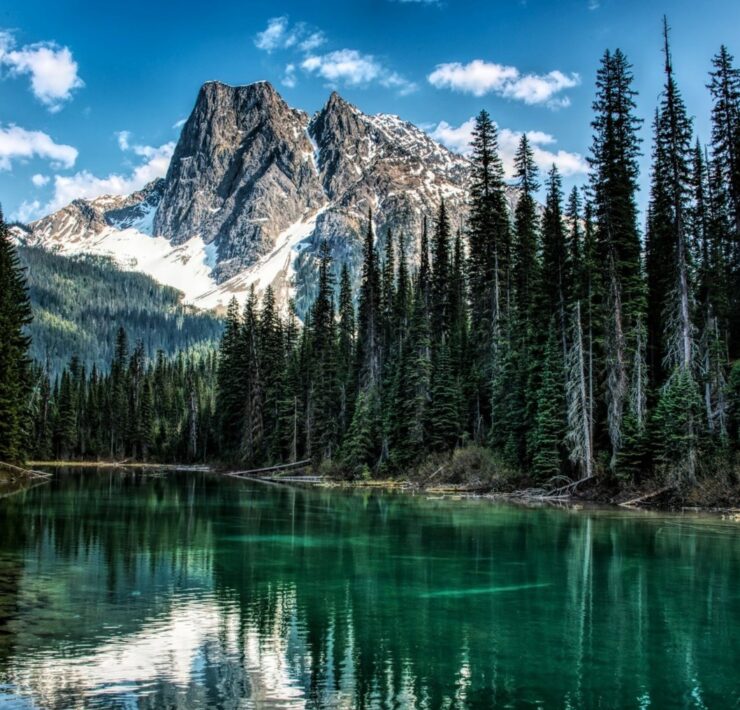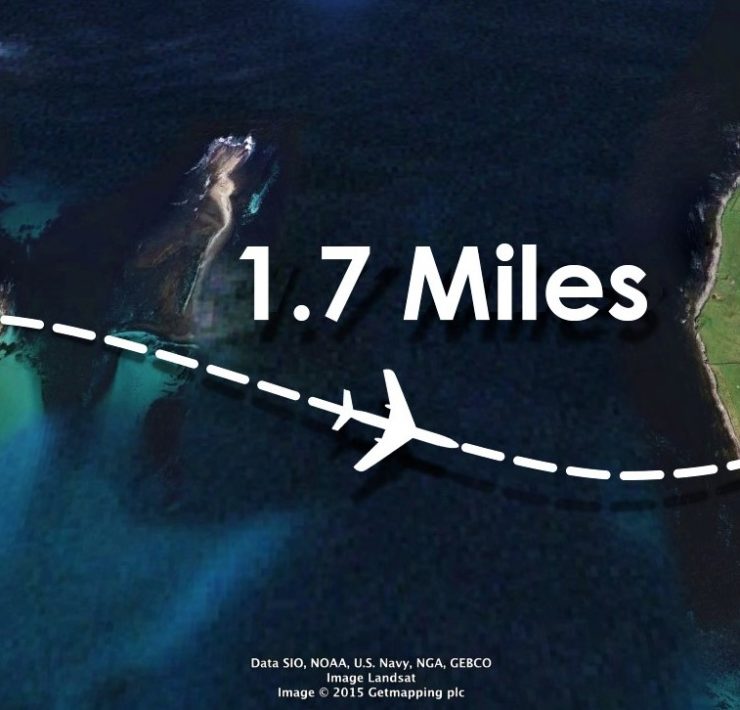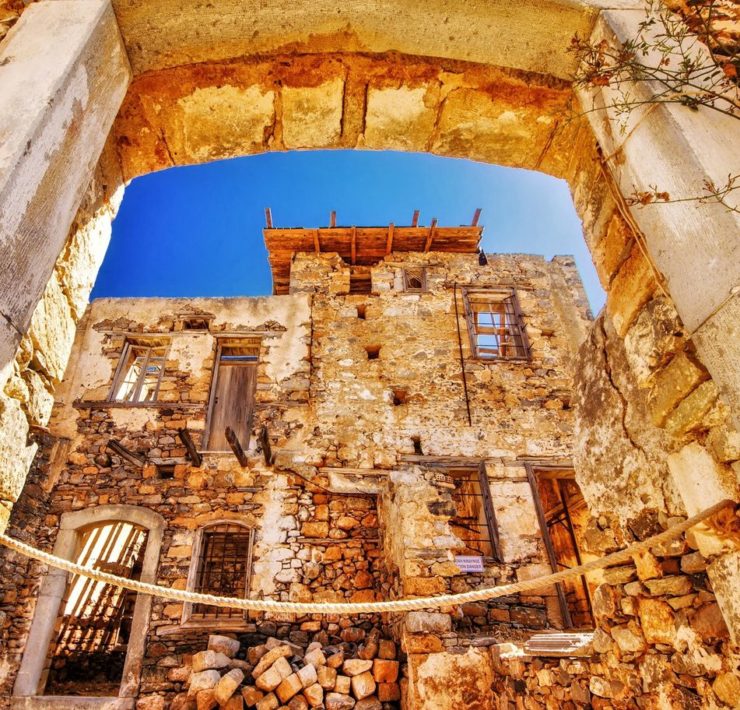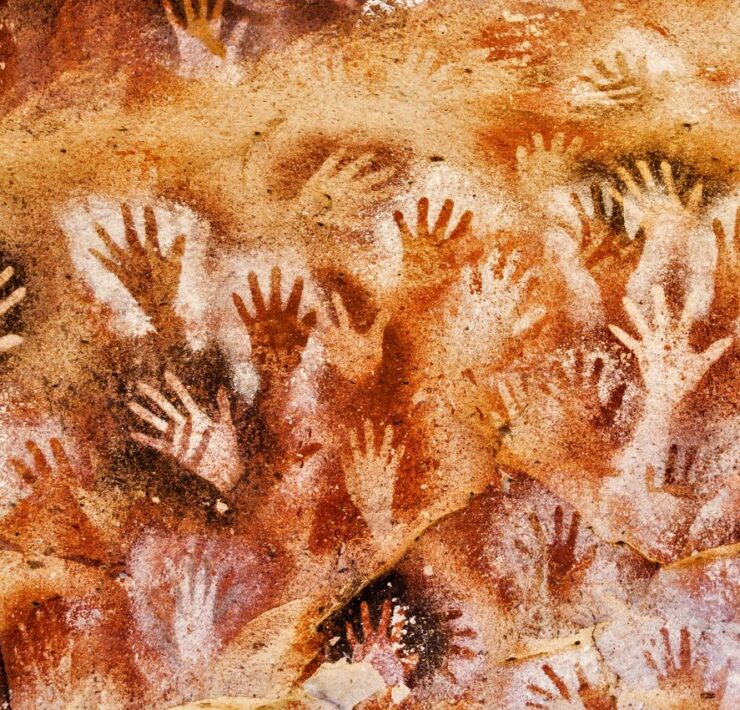When you think about going in a dark kind exploration, the first country you should consider visiting is Poland. Flipping through the pages of world history, Poland was known to be one of the most torn places because of what it had been through during the Second World War. Being a country situated between Germany and the Soviet Empire, it received most damages from both with the worst happened during the Holocaust where most of Poland’s Jews were systematically exterminated together with the Jews from other European countries.
There’s more to know about Poland’s dark history including its situation under the Soviet Empire. But instead of reading through texts, why not go through the place where it all happened? If you are ready for an information-loaded trip that will stir your emotions at the same time, here’s a list of the places you should see while in Poland.
1. Auschwitz
Whether you’re going to Poland following the usual itinerary or aiming for a full dark tour around the country, you’ll never ever miss the word “Auschwitz”. Auschwitz is one of the most significant places during the Holocaust because it was the largest and most deadly of all the Nazi death camps. Auschwitz also holds the spot as the leading dark tourism site due to its notorious history. To refresh your memory, between 1.3 and 1.6 million victims which include Polish political prisoners, Sinti and Roma people, and the Jews as the largest group reaching over 1 million.
There are two main parts in Auschwitz: Auschwitz 1 (also known as Stammlager) and Auschwitz-Birkenau. Auschwitz 1 is the most visited because of its main museum featuring shoes, hair, suitcases, and photographs collected from the victims. Although Auschwitz 1 is the most visited, it’s the Birkenau which has a more concentration camp feel to it complete with fortified walls, barbed wire, platforms, barracks, gallows, gas chambers, and cremation ovens.
Auschwitz is located west of the town of Oswiecim. Going from Auschwitz 1 to Auschwitz-Birkenau will take you a bit of time by foot but you can take the museum bus shuttles traveling from one camp to another every hour.
2. Majdanek
You shouldn’t probably miss Auschwitz but if you had enough of it and going off the beaten path is what you like, go to Majdanek. The lesser visited Majdanek is also a former death camp located in the southeastern portion of Poland, near the town of Lublin. The camp is well-preserved as it stood through the times still complete with its wooden barracks, gas chambers, shower rooms, storage room filled with Zyklon B gas canisters, and the row of watchtowers connected by barbed-wire fences. Najdanek has newer buildings where you can find a cinema showing a film about the camp’s liberation and a small shop selling books.
3. Belzec
Three death camps were established for a systematic, industrialized murder of Jews under the Nazis’ “Operation Reinhard: The Final Solution”. Belzec (pronounced as “bel(w)-jets”) was a no-fuss death camp that specifically did what it was built for, unlike Auschwitz-Birkenau and Majdanek which even had barracks for its newly-arrived victims. The killings were done straightforward as the victims (mostly Jews) looked like they passed through a passageway called “Schlauch” leading to the gas chambers that spewed exhaust fumes.
In the present, you can still go through this horrifying passageway (beware claustrophobics) that ends to a granite wall where you’ll see the carved names of victims whose remains are actually just under the slope – making Belzec one of the largest graves on Earth. Belzec is located in the most south-eastern corner of Poland, near the Ukrainian border.
4. Treblinka
Treblinka also belongs to the three death camps created for Operation Reinhard. It is known to be one of the deadliest camps, deadlier than Auschwitz-Birkenau alone because of the deaths that almost reached a million. Located northeast from Warsaw, Treblinka currently displays a clean look as if nothing brutal happened on the site. What’s left are the ruins of the labor camp and a large granite monument where the gas chambers stood.
Unlike on how peaceful it looks today, Treblinka in the past had daily deaths of 17,000 people per day, either killed through gas chambers or by gunshot. The corpses were cremated to prevent suspicions. The area was later ploughed over and turned into a farm to hide the dark reality that took place on its soil.
5. Warsaw
Poland’s capital, Warsaw, won’t be missed in this list as it holds a reputation of being one of the must-visit dark tourism destinations due to the effects of the Second World War during the Nazi occupation and the Uprisings. The first place you should visit here is the Ghetto trail, the area where 350,000 Jews and more were trapped inside 10-foot-high walls, leading them to their deaths from starvation. This is also where the uprisings took place.
ou can also visit here the Korczak Orphanage by the famous pedagogue and writer Janusz Korczak who heroically stayed with the orphanage’s children while they’re all brought to the gas chambers. Other important places you should visit include the Pawiak Prison, Warsaw Uprising Movement and Insurgents Museum, and the Warsaw Uprisings Museum.
6. Stutthof Concentration Camp
If you’re close to the Baltic Sea’s seaside resorts, you’d be surprised to find out that there’s an ex-concentration camp around the area. Although it isn’t a popular destination for dark tourism, it may be still worthwhile to visit the Stutthof concentration camp. Here, you’ll find two huts: one contains exhibits such as the heap of old shoes of the inmates – similar to what you’ll see in Majdanek and Auschwitz 1 – with old photos and documents; and the other hut housing artworks, reconstructed cells and torture instruments.
7. Wolfschanze
Ready to find out where Hitler stayed while he’s in Poland? Then head to Wolfschanze, a complex of semi-destroyed bunkers located in northeastern Poland near Lake Mamry by the village of Gierloz. Wolfschanze is part of a larger complex of bunkers and military installations built from 1940 to 1944. Moreover, it is a Nazi command center and Hitler’s main headquarters during the last years of war. What makes it more memorable is the failed assassination plot on Hitler done by Count Claus Schenk von Stauffenberg. You’ll find more information about these events through Wolfschanze’s exhibits and small monuments.
8. Sobibor
After Belzec and Treblinka, Sobibor comes last in the three purpose-built death camps established for “Operation Reinhard”. However, unlike the two previous camps mentioned, Sobibor is only highly recommended for those who really want to see it despite its remoteness. The museum you’ll find here is smaller and may lack the modernity that sites like Auschwitz and Belzec offer. If you’re the type who wants to complete covering all Operation Reinhald sites and like the feel of remoteness and underdevelopment, you can give it a go to Sobibor which s located at the easternmost edge of Poland almost nearby the Belarusian and Ukrainian border.
9. Rapa Pyramid
The only dark site unrelated to the Holocaust you’ll see in Poland is the Rapa Pyramid. The pyramid made of stone and brick was built around 1795 commissioned by Baron Friedrich Wilhelm von Fahrenheid, a local landowner who was an art collector with a special interest on ancient Egyptian culture. He was fascinated about Egyptian pyramids that he decided to build one on his land. The Baron’s 3-year-old daughter was first buried in the pyramid followed by other relatives.
What makes the pyramid haunting are the mummified bodies laid in the tomb with some of the bodies visible to anyone who’ll take a closer look. You’ll find Rapa Pyramid in the village of Rapa in northeastern Poland right on the Russian border of the Kaliningrad enclave.
When On Earth Magazine is for people who love travel. We provide informative travel guides, tips, ideas and advice regarding places to see, things to do, what to taste, and much more for world travelers seeking their next dream vacation destination.






